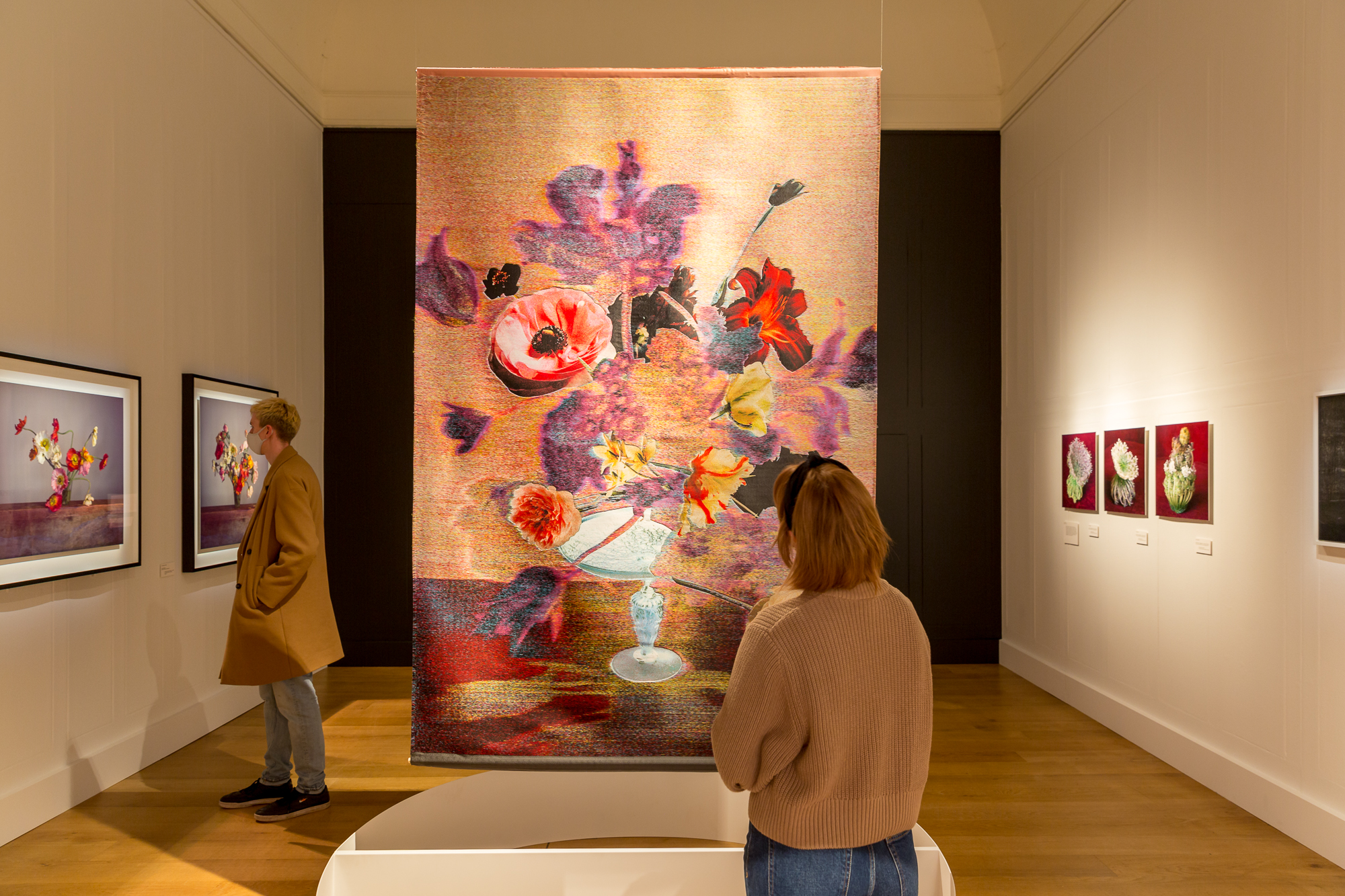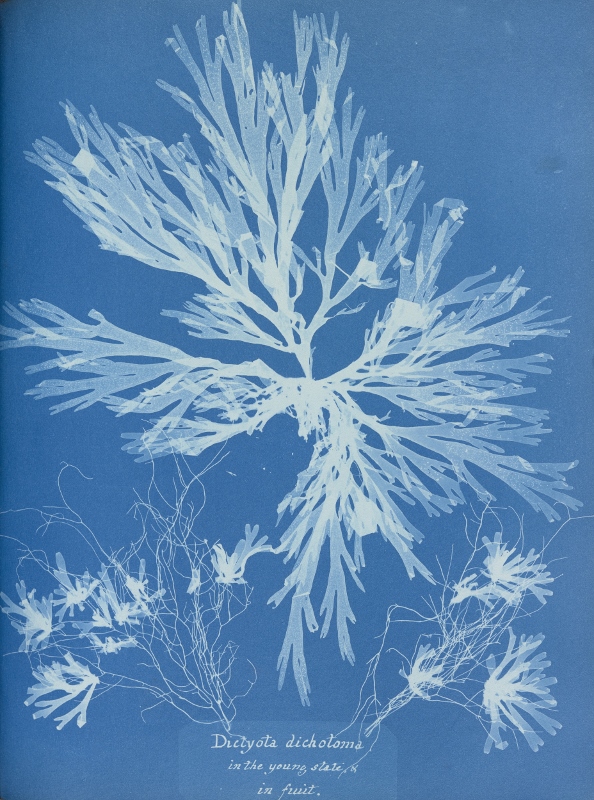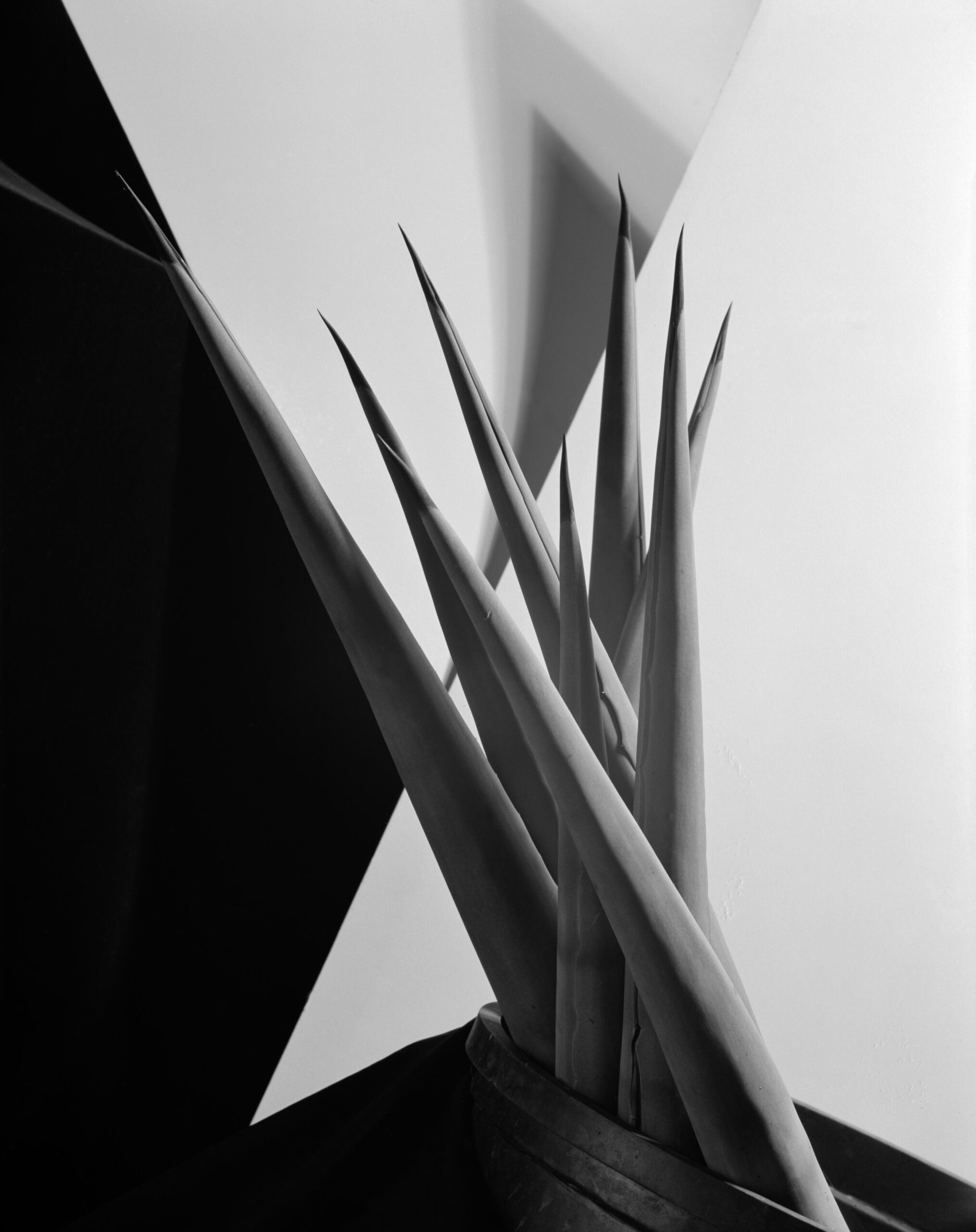Eight Heroines feature in new exhibition at Dulwich Picture Gallery
As well as emblematising the diverse, intelligent beauty of the natural world, botanical imagery is a ripe analogy for the passage of time; as flora and fauna germinate, flourish, and wither, they mark the changing of the seasons, the passage of days into years. Amid the stagnation of lockdown, Unearthed: Photography’s Roots – a new exhibition from Dulwich Picture Gallery, London – provides an unconventional opportunity to refresh our connection with nature. According to curator Alexander Moore, the exhibition ‘reveals nature as the gift that keeps on giving – a conduit for the development of photography, it is also a force for hope and well-being that we have come to depend on so much in recent months.’ Encompassing photographic representations from 1840 to the present day, this new collection demonstrates that for historical and contemporary artists alike, ‘still life’ compositions are anything but lifeless.
Eight Heroines feature among the line-up of forty one artists; each are recognised for their unique botanical illustration and inventive application of technology. Arranged chronologically, their work forms an organic cartography of the photographic medium, from the cyanotypes, salt prints and photograms of Historical Heroines Anna Atkins (1799 – 1871), Cecilia Glaisher (1828 – 1892), and Lou Landauer (1897 – 1991) – pioneers of early schematic photography – to the delicate lumen prints, sharply lit gardens, and painterly bouquets of Contemporary Heroines Joy Gregory, Sarah Jones, and Sarah Moon.
The exhibition constitutes the first public display of Anna’s camera-less photograms of algae specimens found along the south coast of England; limned with a subtle glow, the lucid specimens leap from the print. Producing three volumes of cyanotypes to advance scientific research, Anna is usually considered the first woman to take a photograph. The multitude of botanical photographs which have sprung from artistic movements and technological developments in the succeeding years highlight the longevity of her legacy.
Despite such innovations, the deceptive simplicity of many of the works remains undiminished. The black-and-white photographs of celebrated Symbolist photographer Imogen Cunningham (1883 – 1976) accentuate plant anatomy in striking detail, the precise exposure a hallmark of the Group f/64 to which she belonged. Images such as Agave Design 1 (1920s) challenge the Pictorialism which had dominated much of early twentieth century photography; while the composition is bold, the images are not abstract. The triangular backdrop, which mirrors the tapered points of the agave leaves, emphasises their slender curvature – the thumbprint of their ecological origin. Interplay between clarity and experimentation is also integral to the work of Helen Sear, whose photographs explore contrast between organic and inorganic elements.
Imbued with the reviving atmosphere of the outdoors, Alexander hopes Unearthed: Photography’s Roots will inspire visitors to establish a stronger bond with the environment by taking photographs of their own. Hundred Heroines’ Cabinet of Remedies gallery, our own response to life in lockdown, has inspired a myriad of creative responses from the public. For the chance to be featured alongside the work of our Contemporary Heroines, please submit your writing, illustration, or audio work to hello@hundredheroines.org or click here to find out more.
Unearthed: Photography’s Roots
21st November 2020 to 9th May 2021*
Dulwich Picture Gallery, London
*The exhibition is currently closed in line with government guidelines. Please see the Dulwich Picture Gallery website for more information.














